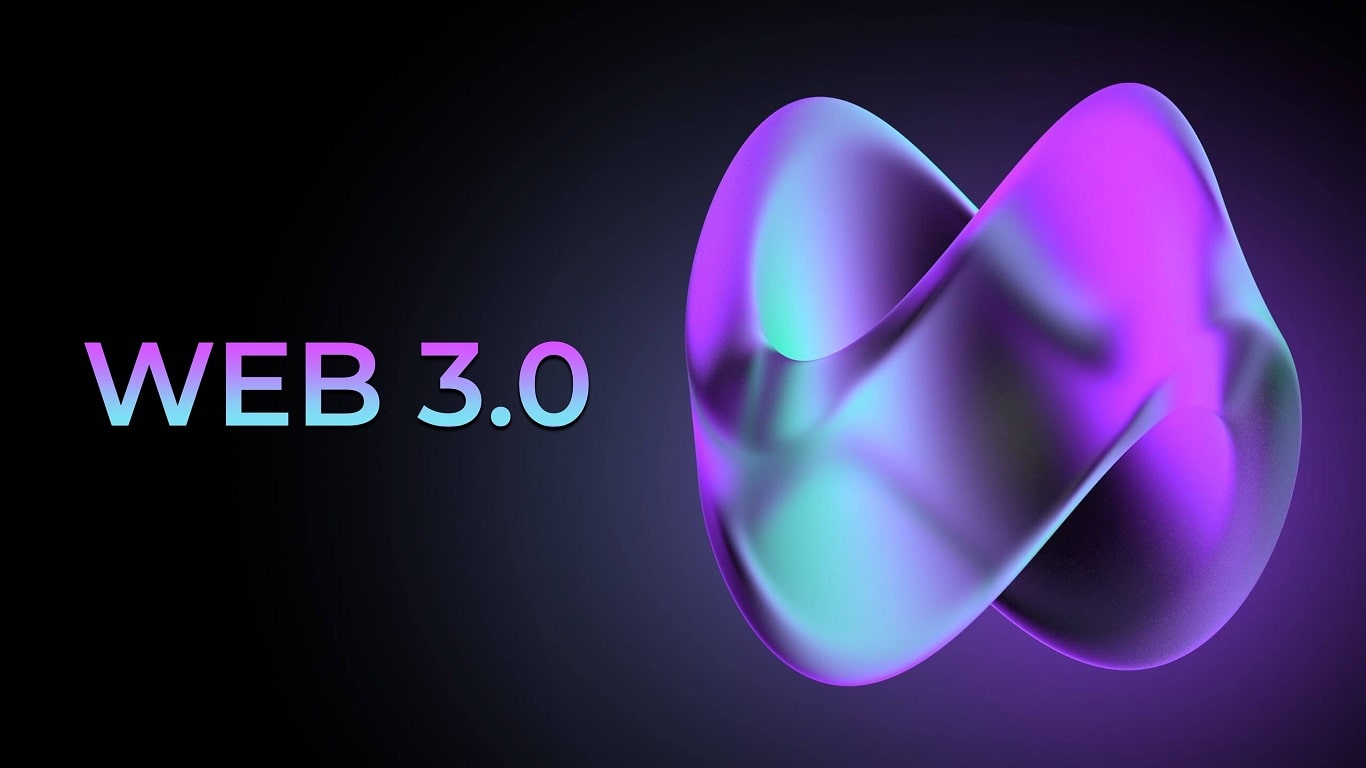In the realm of digital innovation, few technologies have captured the imagination and potential for transformation quite like blockchain. What began as the underlying technology powering Bitcoin, the world’s first cryptocurrency, has since evolved into a multifaceted ecosystem poised to revolutionize countless industries. From its humble beginnings to the advent of Web3, the journey of blockchain technology is a testament to the power of decentralized networks and distributed ledgers.
The Birth of Bitcoin: Genesis of Blockchain
The story of blockchain begins with the enigmatic Satoshi Nakamoto, whose white paper, “Bitcoin: A Peer-to-Peer Electronic Cash System,” introduced the world to a groundbreaking concept: a decentralized digital currency operating on a distributed ledger. Bitcoin’s innovation lay in its ability to enable peer-to-peer transactions without the need for intermediaries, such as banks or financial institutions. Powered by blockchain technology, Bitcoin offered transparency, security, and censorship resistance, setting the stage for a new era of digital finance.
Beyond Currency: The Expansion of Blockchain Applications
As the potential of blockchain technology became increasingly apparent, innovators began exploring its applications beyond the realm of cryptocurrencies. Ethereum, launched in 2015 by Vitalik Buterin, introduced the concept of smart contracts—self-executing agreements with the terms of the contract directly written into code. This paved the way for decentralized applications (dApps), which harness the power of blockchain to enable a wide range of functionalities, from decentralized finance (DeFi) to supply chain management and digital identity verification.
Enter Web3: The Next Frontier of Decentralization
While blockchain technology has made significant strides in enabling decentralized applications and digital currencies, the vision for a fully decentralized internet—commonly referred to as Web3—is still evolving. Web3 represents a paradigm shift away from the centralized platforms and gatekeepers that dominate the current digital landscape, towards a more open, transparent, and user-centric model.
At the heart of Web3 is the principle of user sovereignty, empowering individuals to have greater control over their data, digital identities, and online interactions. Through the integration of blockchain, decentralized storage, and cryptographic protocols, Web3 aims to democratize access to information, foster trustless interactions, and create a more inclusive and equitable internet ecosystem.
Challenges and Opportunities Ahead
Despite its immense potential, the journey towards Web3 is not without its challenges. Scalability, interoperability, and regulatory hurdles remain significant obstacles to widespread adoption. Moreover, the need for user-friendly interfaces and intuitive experiences is paramount in ensuring that Web3 applications are accessible to mainstream users.
However, with each passing day, the Web3 ecosystem continues to mature and evolve, driven by the collective efforts of developers, entrepreneurs, and innovators around the globe. As we stand on the cusp of this new digital frontier, the possibilities are endless.
Conclusion
The evolution of blockchain from its inception with Bitcoin to the emergence of Web3 represents a remarkable journey of innovation, collaboration, and disruption. What began as a novel experiment in digital currency has blossomed into a transformative force reshaping the very fabric of the internet and society at large. As we look to the future, the promise of Web3 shines bright, offering a glimpse of a more decentralized, resilient, and equitable digital world.



